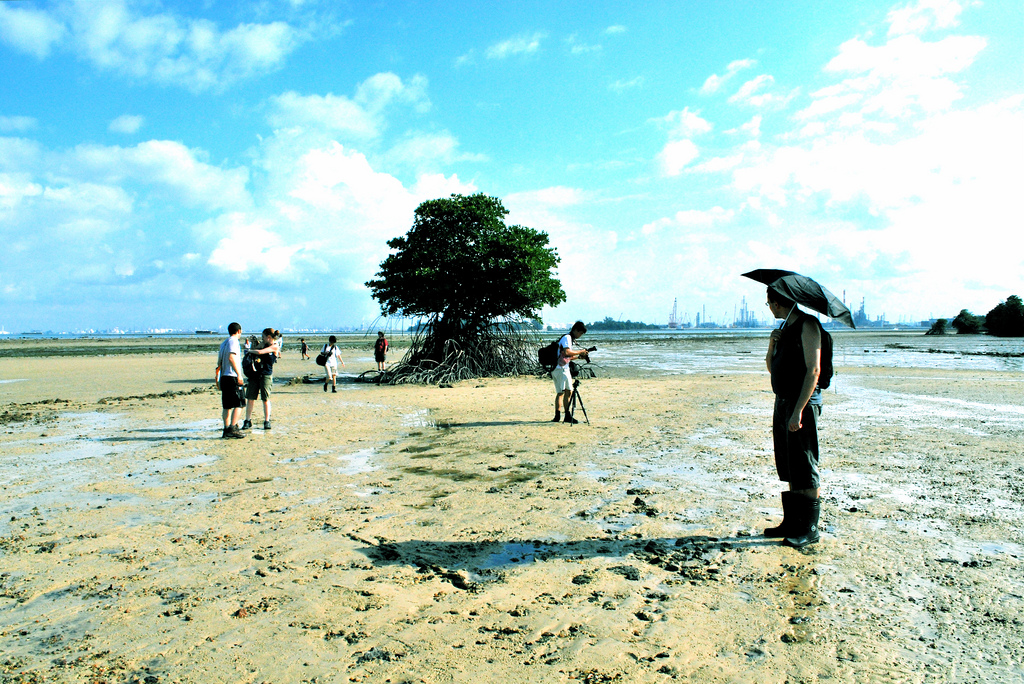Mangrove forests store high densities of carbon across the tropical urban landscape of Singapore
July 30, 2019

The 26th of July is designated by the United Nations Educational, Scientific and Cultural Organization (UNESCO) as the International Day for the Conservation of the Mangrove Ecosystem. Mangroves tend to be an underappreciated marine ecosystem as they lack the aesthetic allure of coral reefs and the enigma of the deep oceans, yet remain one of the most important and effective sources of carbon storage.
Given the rising levels of carbon dioxide, Associate Professor Daniel Friess (NUS Geography) et. al. assert in ‘Mangrove forests store high densities of carbon across the tropical urban landscape of Singapore’ (Urban Ecosystems, 2016) that the conservation of mangroves is highly valuable for a land-scarce urban city such as Singapore. This is because mangroves are effective carbon storage systems that can offset our national carbon emissions without occupying as much land as other forest types. The research team found that Singapore’s mangroves can store up to 450,570 tonnes of carbon, which can help offset the average annual carbon emissions of 621,000 individual Singaporeans. This amount, however, is set to decrease by 2030 as 33% of Singapore’s remaining mangroves are threatened by future land reclamation plans.
The study can be used in preparing Singapore’s reporting on its carbon emissions as required by the UN, and highlights how conservation and restoration of our mangroves are crucial for preserving the ecological health of our increasingly urbanized environment.
Read the article here.
